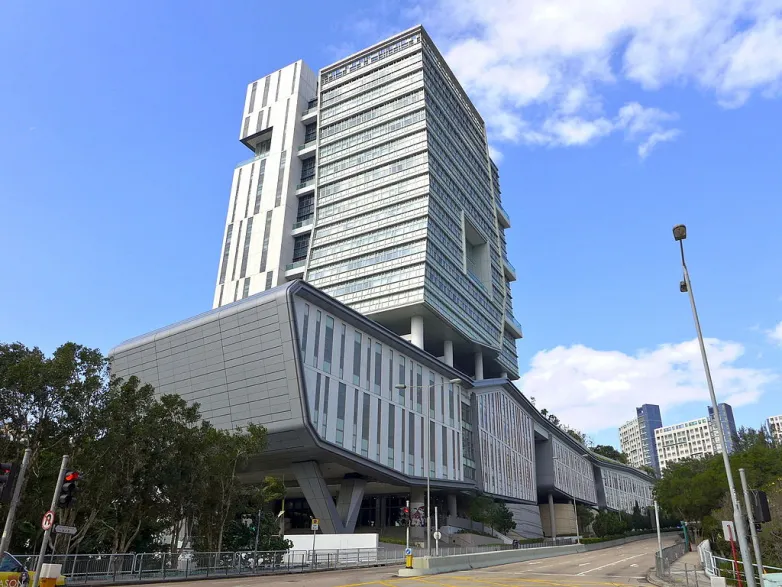Inorganic perovskite cells achieve 16.1% efficiency
- Hongkongese scientists have created all organic perovskite solar cells claimed to reach 16.1 percent efficiency. The technology is based on Lewis-base small molecules passivating the layer of inorganic perovskite.

In contrast to hybrid PSCs, fully inorganic cells are more stable but less efficient. Their performance usually ranges between 13.2 and 13.7 percent.
A research team from CityU announces the development of an all-inorganic PSC with unprecedented 16.1-percent conversion rate. However, this value has not been certified so far. The attested efficiency of the newly-created device stands to 15.6 percent.
The innovative solar device has been developed with the help of Lewis-base small molecules that passivate the inorganic perovskite layer. A Lewis base donates a nonbonding electron pair. This triggers nucleation of a precursor material, causing the growth of large-sized grains and films of higher density. As a result, energy is aligned and electrons are extracted more efficiently.
Peak intensity of 6TIC-4F-treated devices is higher, which proves that application of this acceptor makes the film more crystalline and does not lead to any structural change.
Though hybrid perovskite devices leave their fully organic rivals behind, the latter is a high-potential option and attracts scientific interest. What makes the technology especially attractive is high stability of organic perovskite-based cells.
Also read


